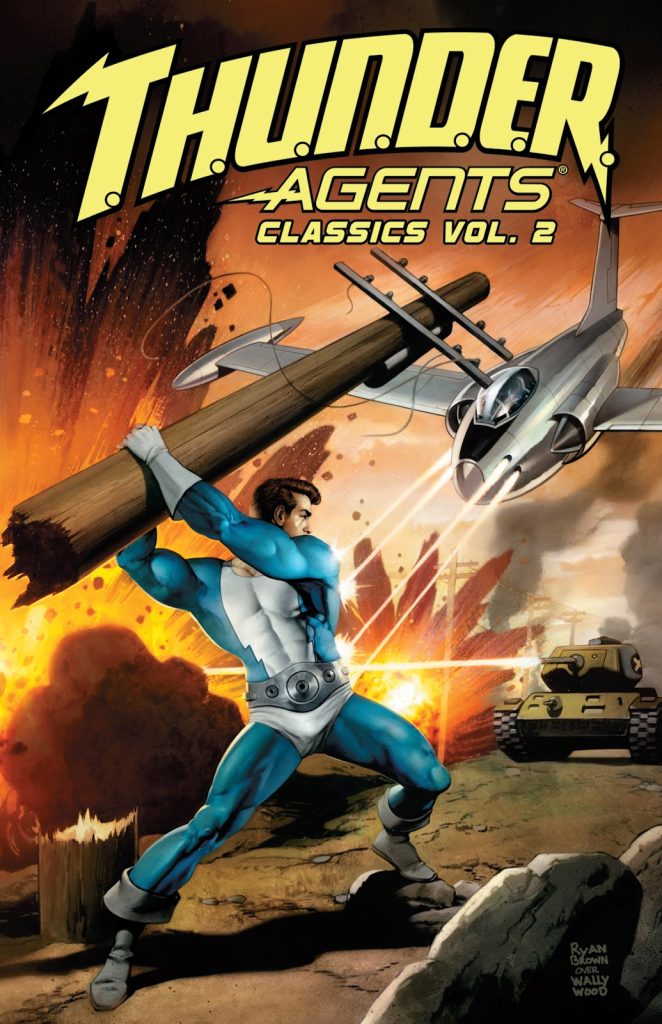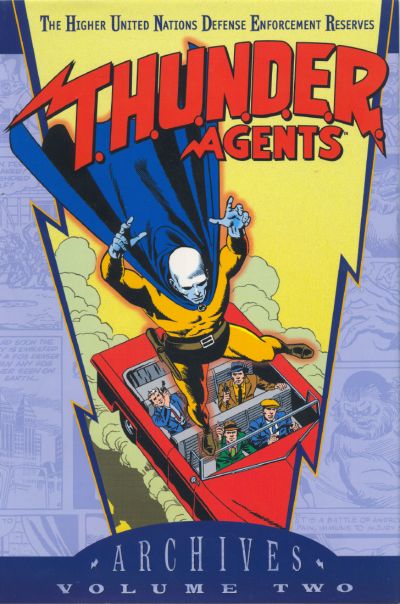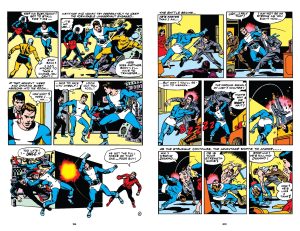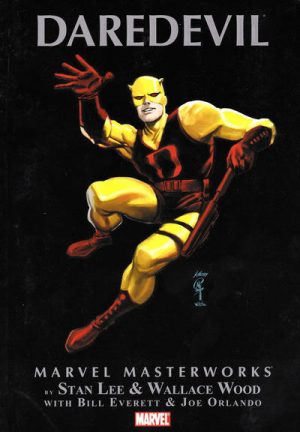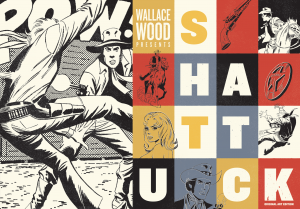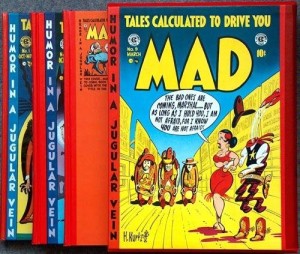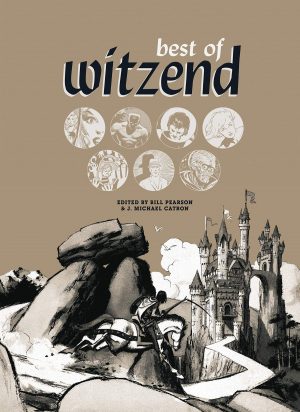Review by Ian Keogh
A higher price for a bulkier comic than DC or Marvel product in 1965 proved no impediment to the successful launch of T.H.U.N.D.E.R. Agents, a military global protection agency with superheroes also on call. Wally Wood providing stunning art for around a third of every issue didn’t hurt either. There was no reason to mess with success, so the series continued as an anthology title featuring solo adventures with the agency as the connecting theme.
As previously noted, inbuilt fallibilities ensure the heroes aren’t all-powerful, personalities are well cultivated, down to the non-powered agents, and the plots have novelties. At the trivial end of the scale it’s interesting to see so many characters smoking, of course far more prevalent when the comics were produced in the 1960s, and Wood was known as a heavy smoker. Far more surprising are the risks taken with the cast. The understated death of a primary character is written by Dan Adkins, and is as shocking when read today as when originally published, with “did they really do that?” the first thought that comes to mind.
The threat of the Warlord’s seeming omnipotence was interestingly explained by the end of Vol. 1, and that revelation is exploited as the series continues, while still allowing for the introduction of unconnected threats.
Artistically there’s some settling down here rather than the all hands on deck approach of before. Wood generally draws Dynamo’s adventures (sample spread left), while Mike Sekowsky handles Lightning and John Giunta supplies Noman and Menthor. Steve Ditko is a new addition drawing Noman’s battles, and is also credited for the final Menthor story, although if so his pencils are swamped by Wood’s inks. Wood also inks several other stories while also seemingly providing layouts.
It’s presumed Wood is still writing much of the material, but the lack of credits makes it difficult to identify which is his work, and while allowing for some stunners, formula is more apparent. Steve Skeates is credited with more writing than anyone else, but is inconsistent, sometimes surprising, and at other times taking the obvious route. The writer of ‘T.H.U.N.D.E.R. vs Demo’ is among the unknown, which is a shame as the plot of the agents’ power equipment being stolen is well exploited, although Giunta’s art is ordinary.
As was the case when these stories were earlier reprinted in hardcover as T.H.U.N.D.E.R. Agents Archives the selection includes not only the main series, but the spin-offs, the first of which was Dynamo. In the main series he’s the Superman substitute, although his power belt is limited to thirty minute bursts. He’s heroic and well-intentioned, but not always greatly intuitive, especially when it comes to women. No writers are credited, but there’s little difference between these stories and those of the main series, and supporting characters also feature, Weed given a funny solo strip. The standout story features Andor, a confused anti-hero sumptuously drawn combining Ditko’s pencils and Wood’s inks (sample spread right).
T.H.U.N.D.E.R. Agents is of its time, perhaps a little simple for today’s audience, but if you can overlook that there’s a lot of fun still to be had. The reprints continue in Vol. 3.
